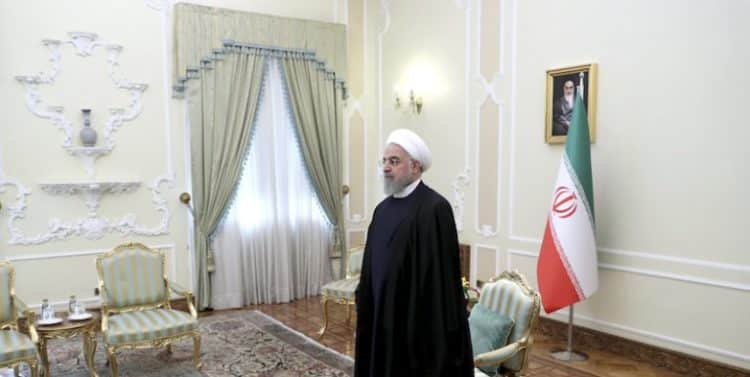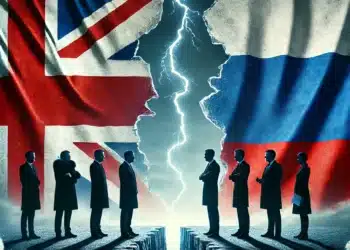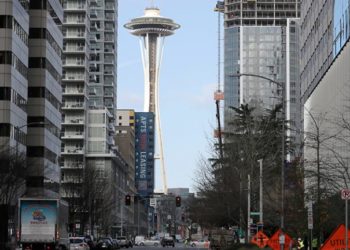The New York Times reconstructed what happened from the attempt to cover up to the admission of responsibility
The New York Times reported that Iranian President Hassan Rouhani discovered that Ukraine International Airlines’ 752 planes had been shot down by two Iranian missiles only two days after the incident: the truth had been kept from him by Iranian military leaders and the Revolutionary Guards, a unique and potent corps close to Ayatollah Ali Khamenei, Iran’s leading political and religious figure. The situation would have been unblocked only when Rouhani threatened to resign if the truth had not been made public. The story, the New York Times writes, shows, in particular, the power of the Revolutionary Guards, who “circumvented the elected government at a time of national crisis, which could reinforce what many Iranians already consider a crisis of legitimacy.
The story is part of a very detailed reconstruction of what happened from the shooting down of the plane – which took place on January 8 just minutes after take-off in Tehran, with the consequent death of all 176 people on board – to the admission made by Iran three days after the plane was hit by one of its missiles (which later turned out to be two). Initially, in fact, Iran had peremptorily denied having shot down the plane, claiming that the crash had been caused by a malfunction. The New York Times spoke with Iranian diplomats, officials and former officials, members of the Revolutionary Guards (one of the most powerful institutions in the Islamic Republic of Iran) and people close to the circle of the Supreme Guide Ali Khamenei comparing them also with official statements and articles published in the government press in those days.
The news that the plane had been shot down due to human error was immediately communicated by Amir Ali Hajizadeh, head of the Guards’ aerospace force, to the three tops of the Iranian armed forces, which in turn taught it to Khamenei. A secret investigative committee analyzed all available information and concluded, on the night of Thursday, January 8, that the plane had been shot down due to human error. Despite this, the Armed Forces spokesman told the Iranian press that the accusations made by Canada and then the United States that the plane had been shot down by a missile were “an absolute lie. The Iranian military reiterated the version for the whole day on Thursday, but more and more Iranian officials and politicians began to suspect its validity; Rouhani – his officials said – tried to contact the military commanders several times, but was never called back.
On Friday the government also supported the official version, but a few hours later the military summits organized a meeting with Rouhani in which they told him the truth. Rouhani “was bruised with anger” – writes the New York Times – and threatened to resign if the truth had not been revealed publicly: it would have come out anyway, given the evidence in the hands of Canada and the United States, and for Iran, it would have been far more embarrassing. The meeting was reported to Khamenei, who then intervened and ordered the government to tell what had happened. The National Security Council prepared two statements, the first for the Armed Forces and the second for Rouhani, which were read the next morning 15 minutes later. On that occasion, Rouhani said he had only discovered the truth a few hours ago, asked for an extensive investigation to clarify what had happened and the leaks in the chain of command and ordered the Revolutionary Guards to admit their responsibility, including the decision not to warn him immediately.

























